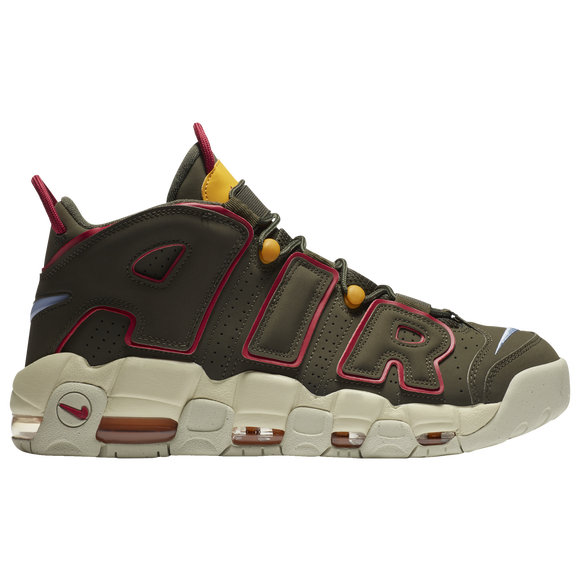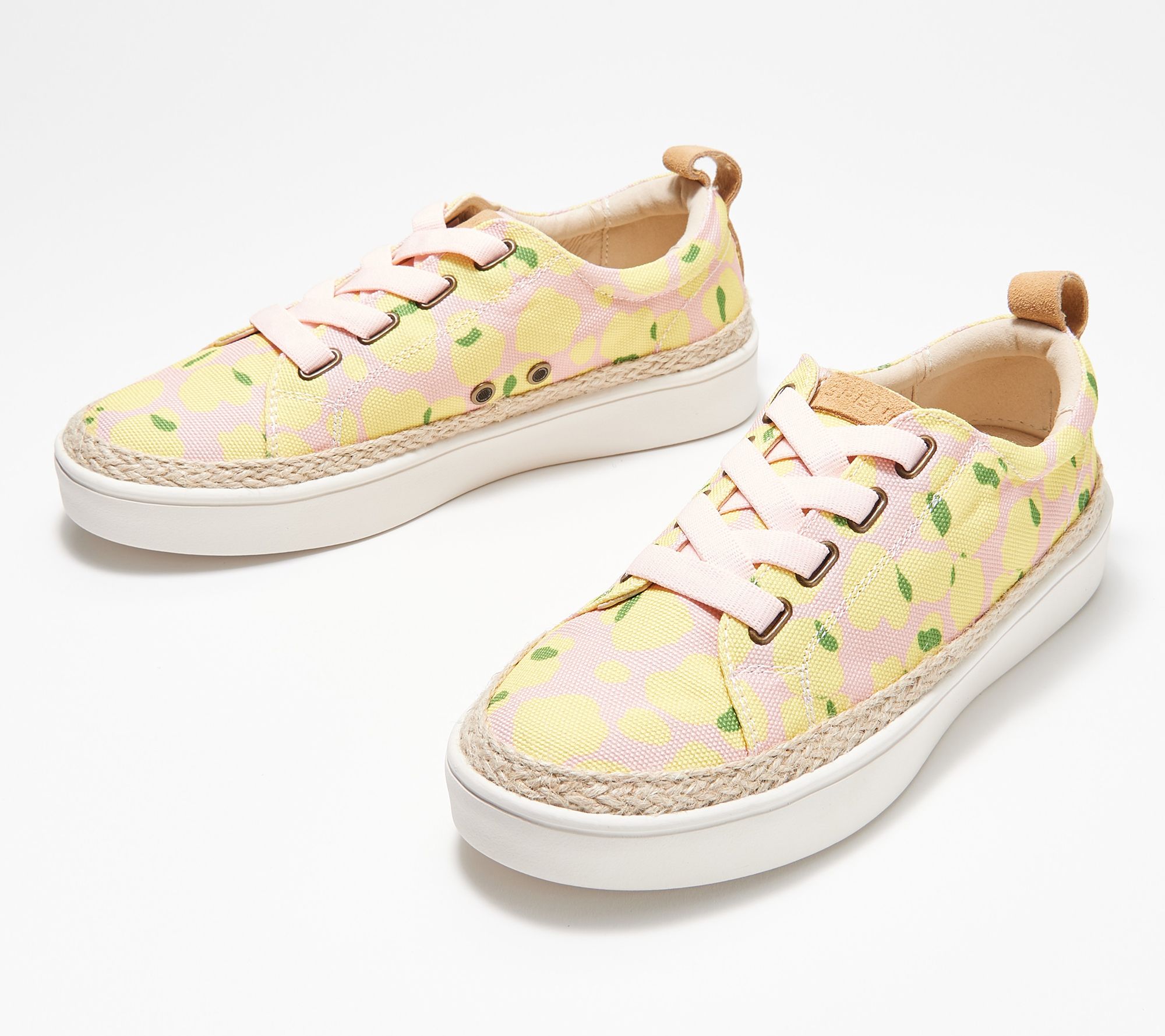CARIUMA : Women’s Low Top Off-White Bamboo Knit Sneaker | IBI
This time we knit our sneakers from bamboo & recycled plastics from heel to toe. IBI is high performance, low-impact and ultra lightweight. Wearing IBI, you’ll be lighter on your feet and leave behind a smaller footprint.
This time we knit our sneakers from bamboo & recycled plastics from heel to toe. IBI is high performance, low-impact and ultra lightweight. Wearing IBI, you’ll be lighter on your feet and leave behind a smaller footprint.
- Upper & Lining: Perfect-fit Bamboo Knit (bamboo and recycled PET)
- Insole: Removable lightweight memory foam + cork + Mamona oil (& a secret message)
- Outsole: Green EVA made from sugarcane
- Laces: Made with recycled plastics
Bamboo Knit
Bamboo is harvested from the stalk and rapidly self-generates, leaving tree & soil intact.
Sugarcane Outsole
Our durable outsoles are made with Green EVA from sugarcane and a negative carbon emissions balance.
Vegan Insole
Our signature memory foam insole is now made with cork & organic mamona oil.
Recycled Plastics
IBI’s lining, laces, threads and our logo labels were made from recycled plastic bottles.






by Rebecca
I can’t overstate the comfort! Why can’t all my shoes feel this wonderful? I just need it in more colors!
by Susan
I took a chance and my feet won! Very comfortable, true to size. Not your average tennis shoe feeling on the insole. You can wear without socks. Will be ordering a few more pair.
by Catherine
These are super comfy and supportive. I can’t wait for the weather to be nicer to be able to wear these everywhere!